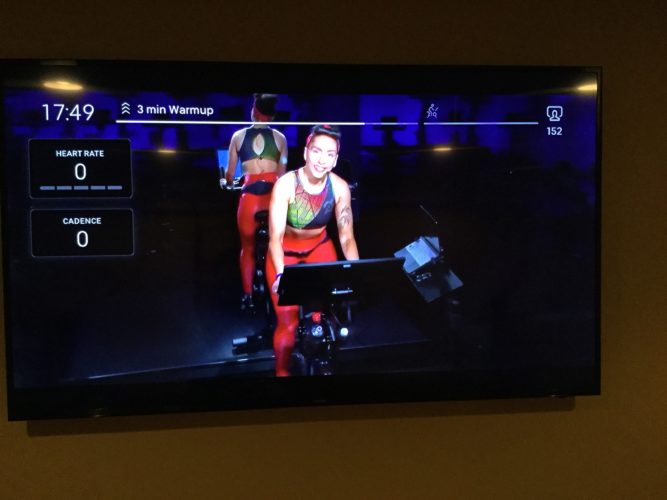

And in the process, balancing affluence and aspiration with affordability proved difficult to navigate. Then, at the behest of the public market, they cut prices, announced cheaper equipment, and confronted messaging issues. By appealing to an affluent and aspirational customer, Peloton built a cult-like brand and community to rival SoulCycle. Peloton might have gone down market too soon. In fact, it resulted in more intense scrutiny as onlookers question their every move. Making matters worse, Peloton’s public offering did little to solidify its position atop the category. And for years, all the company had to say was, “if it’s as simple as putting a screen on a bike, why isn’t everyone doing it?”įlash forward a few years and, well… everyone is doing it. But time and time again, its passionate user-based sprang into action, singing the company’s game-changing praises and proving naysayers wrong. Initially, detractors pointed out the obvious, Peloton simply put a touchscreen on a stationary bike. With respect to Peloton, the company has doubled and tripled down on their moats - better equipment, talented instructors, subscription-based content, and an obsessive community.

More specifically, a moat is how a company establishes and maintains competitive advantage, market share, and long-term viability. In startup speak, moats relate to defensibility. In medieval times, physical moats were built to protect castles from invaders. 50M people train on their equipment every day. Across its portfolio, Equinox Holdings has 135+ locations and $1.43B in 2018 revenue.Life Fitness equipment is in 250K facilities.

While Peloton and other startups begin at zero, equipment manufacturers and established brands are leveraging their existing capabilities, distribution channels, and customer base to build out their connected fitness offerings. And iFit, whose parent company ICON Health & Fitness also owns NordicTrack, ProForm, and Freemotion, secured $200M in funding to accelerate its interactive streaming platform. Life Fitness rolled out on-demand classes across all of its cardio equipment. Technogym unveiled its LIVE platform and accompanying equipment. Equinox announced plans for a Precision Run treadmill, SoulCycle bike, and yet-to-be-named digital platform. Mirror, Hydrow, and Echelon Fitness each added new funding. If there’s any doubt, consider a few developments from 2019. And, as is often the case, defending the top spot can be as difficult as obtaining it in the first place. Peloton did the hard work of popularizing connected fitness. Peloton US addressable market: 45M households.Peloton connected fitness subscribers: 560K.(For more, check out the incredible comments on my co-founder’s recent LinkedIn post.) There’s no denying that connected fitness has been and will continue to be a disruptive force. Or is it that Peloton’s perceived “moats” aren’t a real deterrent? Let’s take a look. Going a step further, maybe connected fitness isn’t quite as innovative as it was made out to be.

Instead of an endgame, connected fitness is proving to be more of an industry-wide evolution than a winner-take-all proposition. Now, new entrants, legacy companies, and the next generation of fitness brands are going head-to-head in an attempt to win over would-be exercisers.īut, taking a closer look, the word ‘war’ might be a misnomer. Similarly, as the Peloton of ‘X’ category earns hype and heaps of funding, the connected fitness wars have officially arrived. From Netflix to Hulu and HBO Max to Disney+, the streaming wars are upon us.


 0 kommentar(er)
0 kommentar(er)
